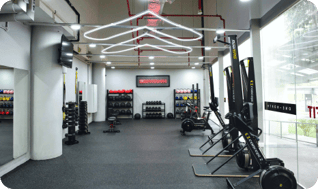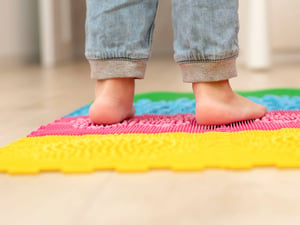
Treatment for Flat Foot in Children
Take the first step towards pain-free living for your child with our specialised treatments
Treatment for Flat Foot in Children
Take the first step towards pain-free living for your child with our specialised treatments
What is Pediatric Flat Foot in Children?
Pediatric flat foot, also known as pes planus or fallen arches, is a common condition where the arches of the feet are lower than usual, causing the entire sole of the foot to come into contact with the ground. The condition occurs when the arches of the feet collapse or fail to develop properly during childhood.
While it’s normal for infants and toddlers to have flat feet due to the presence of excess fat pads, most children develop arches by the age of six. However, some children continue to have flat feet into adolescence and adulthood, which may require intervention by a podiatry specialist if the condition causes them pain or discomfort.
At UFIT Podiatry in Singapore, we specialise in providing comprehensive care for pediatric flat feet, offering advanced treatment options to ensure optimal foot development and function.




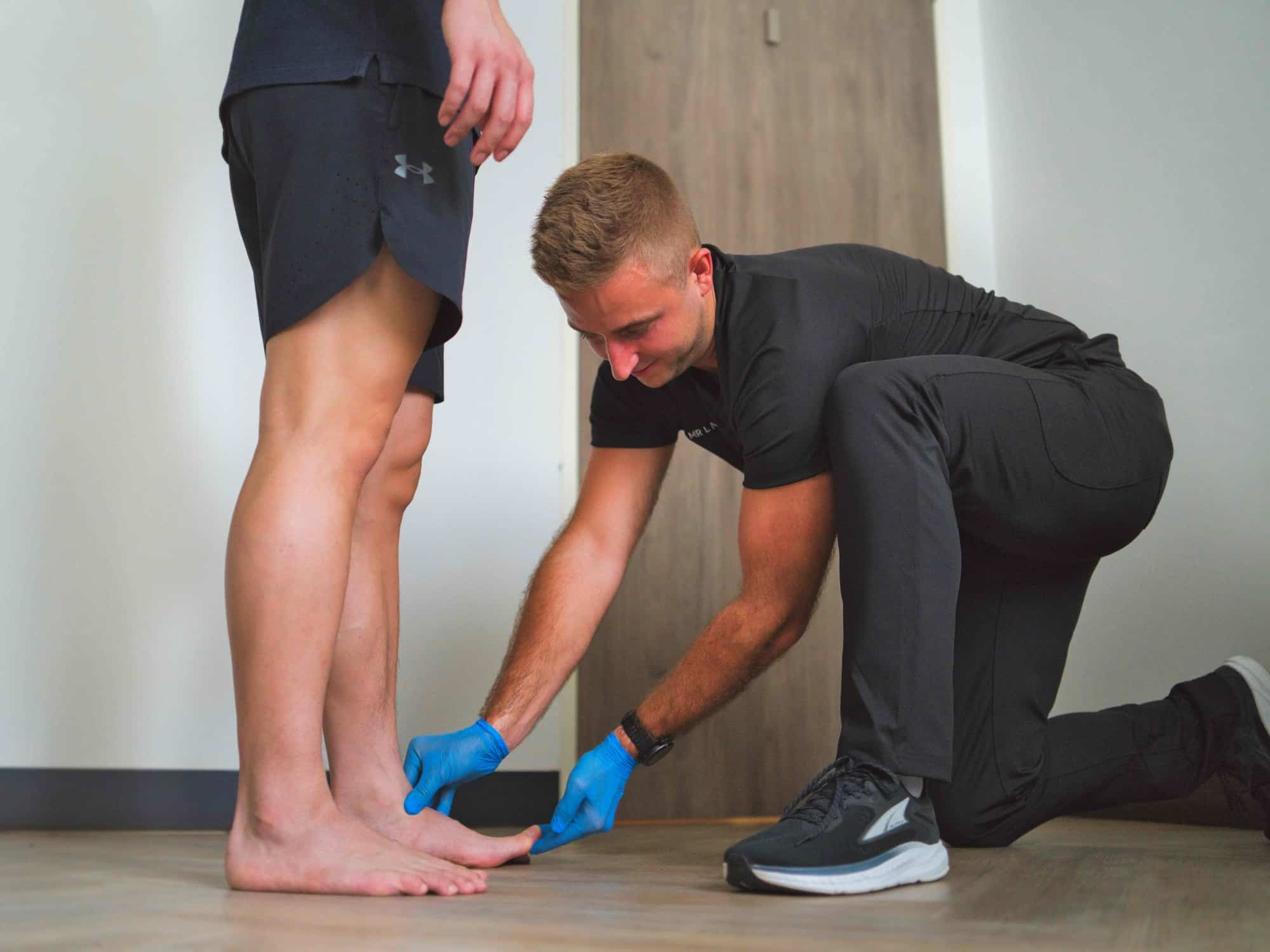
Causes of Pediatric Flat Foot (Pes Planus)
Symptoms of Flat Foot in Children
Common symptoms of pediatric flat feet include:
Withdrawing From Physical Activities
Discomfort from flat feet can make play painful for children, causing them to avoid physical activities. This change in behaviour often signals underlying pain.
Outward Tilt at the Heel
When the arch collapses, the heel often compensates by tilting outwards. This altered alignment can cause discomfort and indicate pes planus.
Pain or Difficulty While Moving
A flattened arch can lead to inefficient foot mechanics, causing pain and making movement challenging for children.
Worn Out Shoes
Pediatric flat foot changes how weight is distributed across the sole. This can cause uneven and premature wear on shoes, suggesting that your child might need pes planus treatment.
Falls Regularly
Reduced arch support can compromise balance and stability, making children more prone to tripping and falling.
Asymmetrical Posture
A collapsed arch in one or both feet can affect a child's overall body alignment, creating a noticeable postural imbalance.
Complains of Achy Feet and Leg Pain
Persistent aches in the feet and legs, especially after activity, are common among children with flat foot.
Our Approach to Flat Foot Therapy
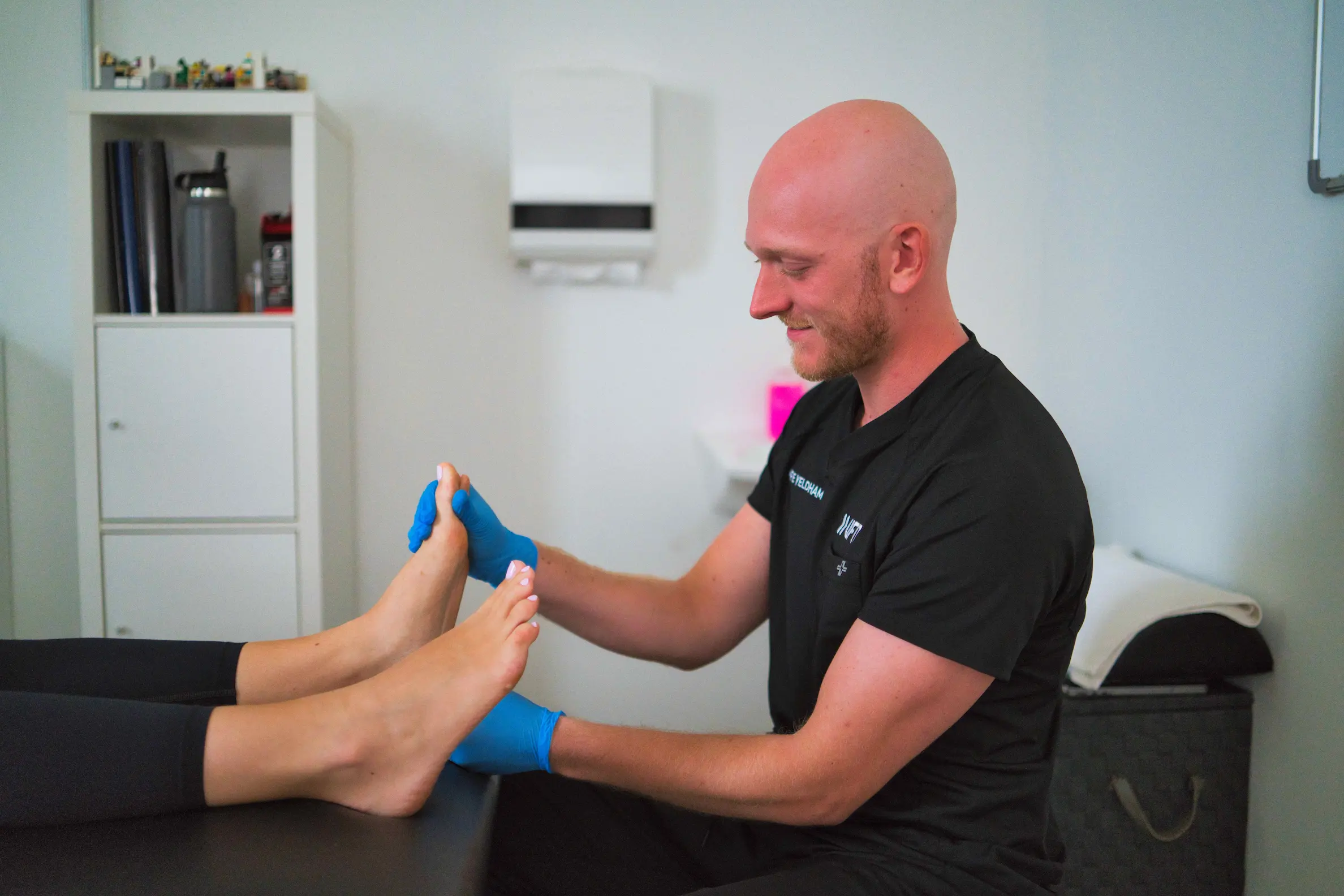
Step 1: Thorough Assessment
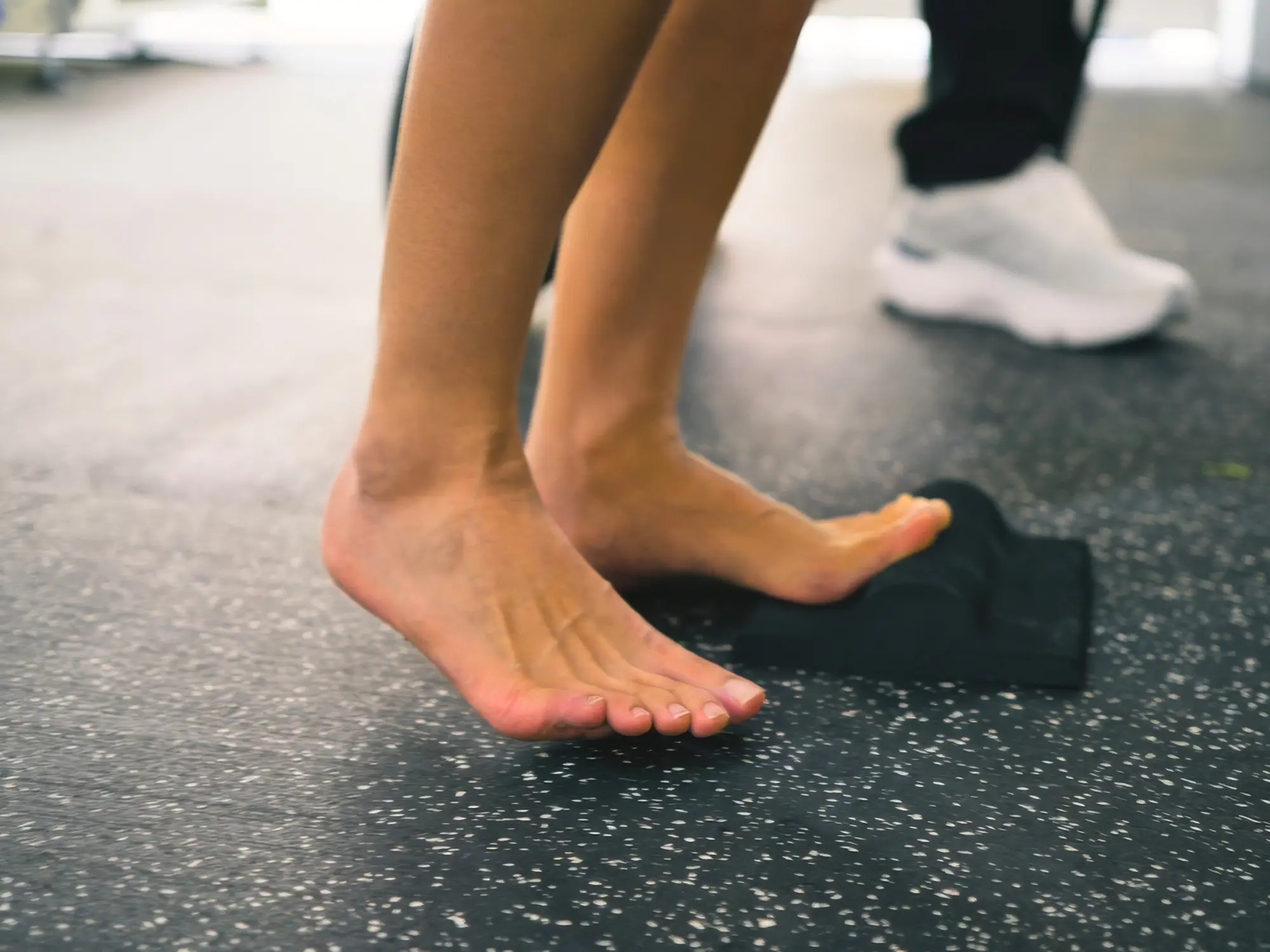
Step 2: Custom Management Plans
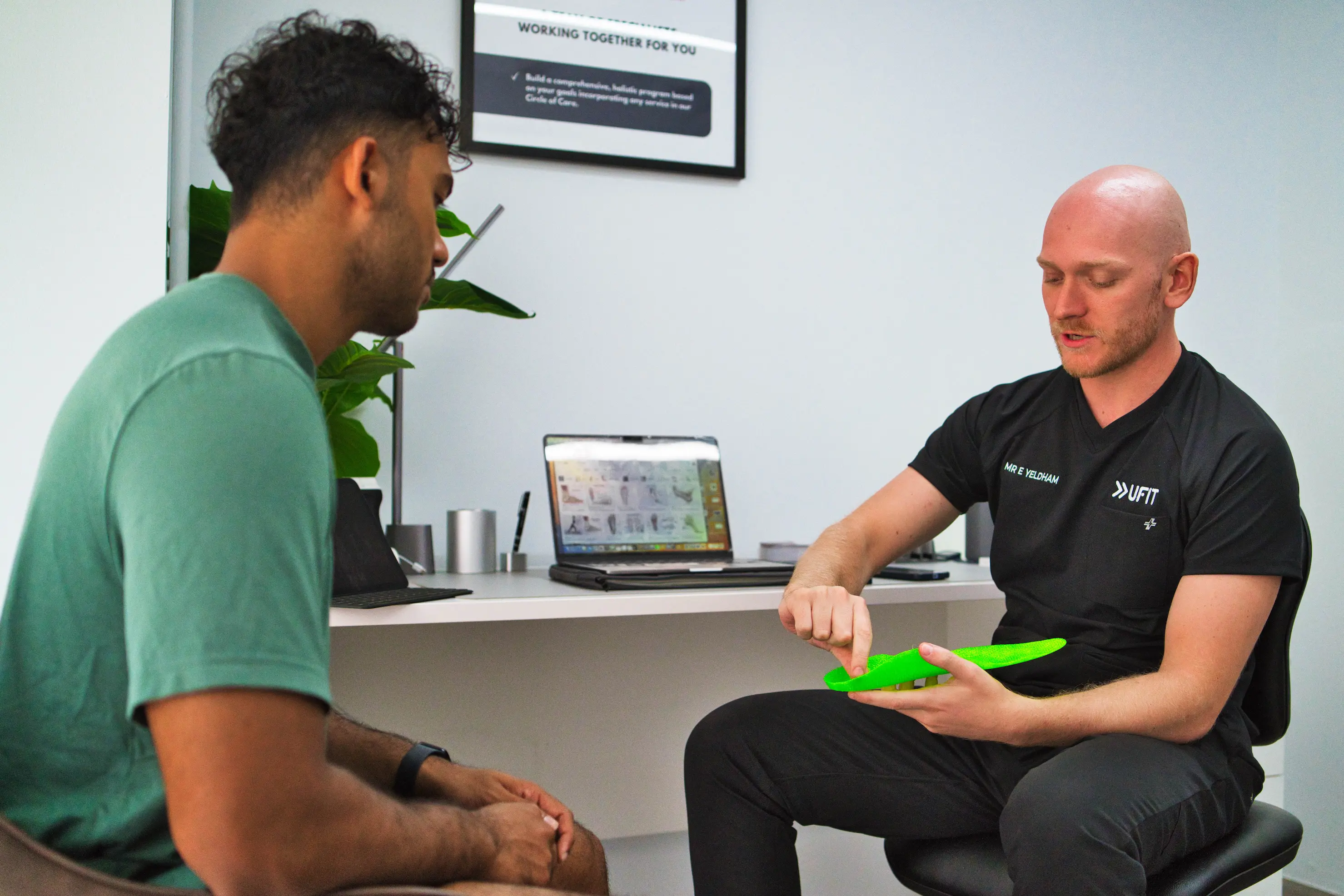
Step 3: Expert Care
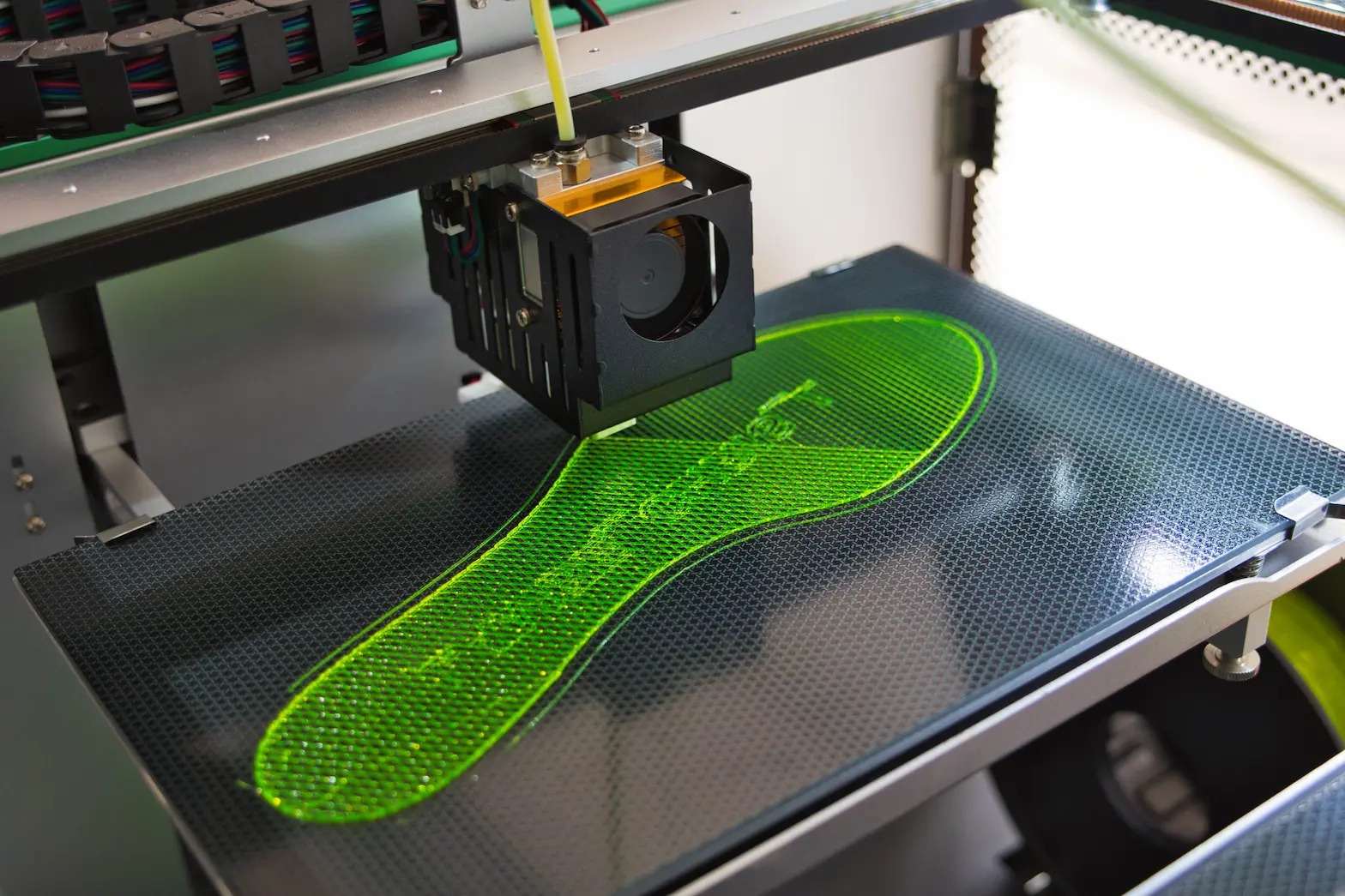
Step 4: Custom Orthotics
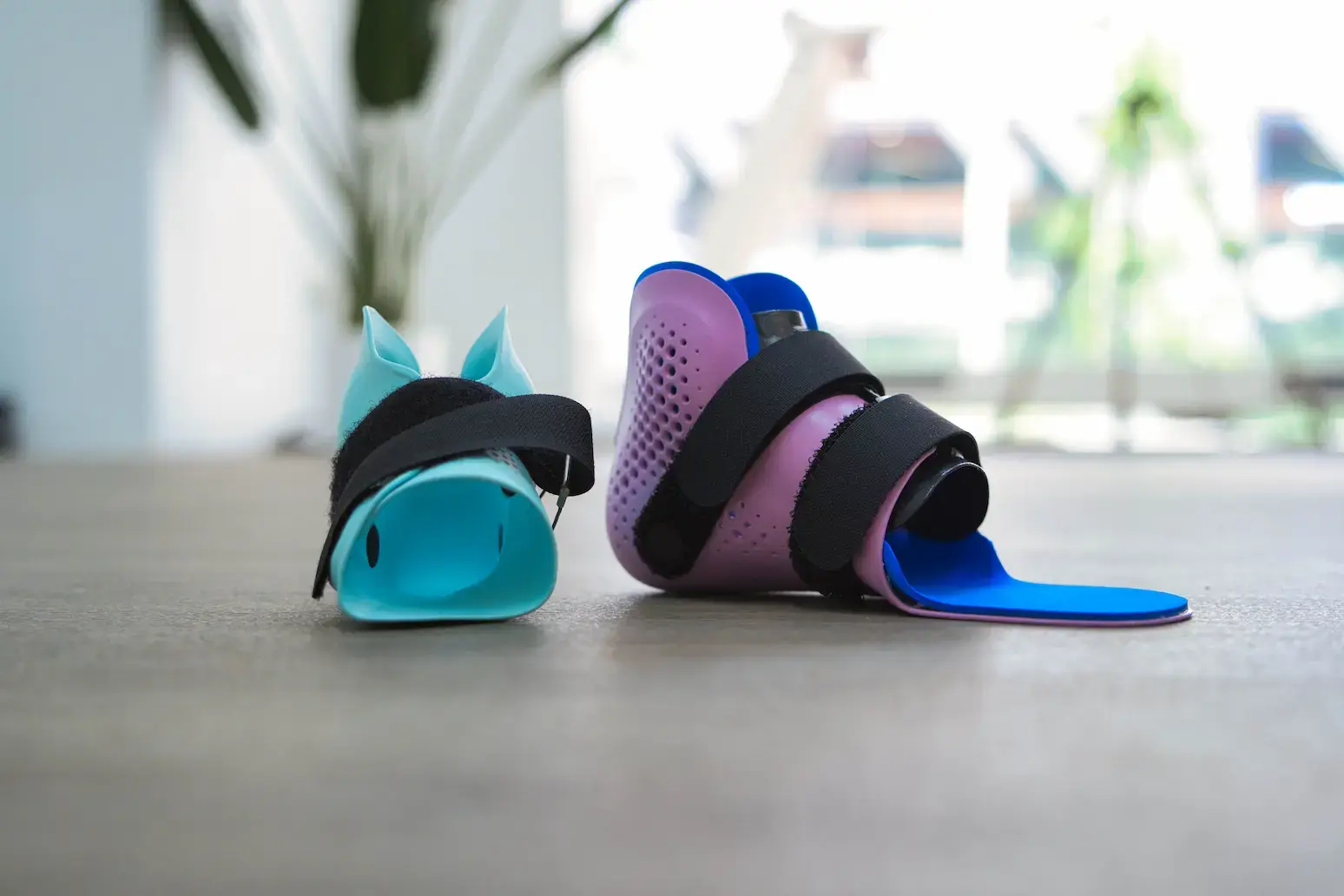
Step 5: Supramalleolar Orthotics
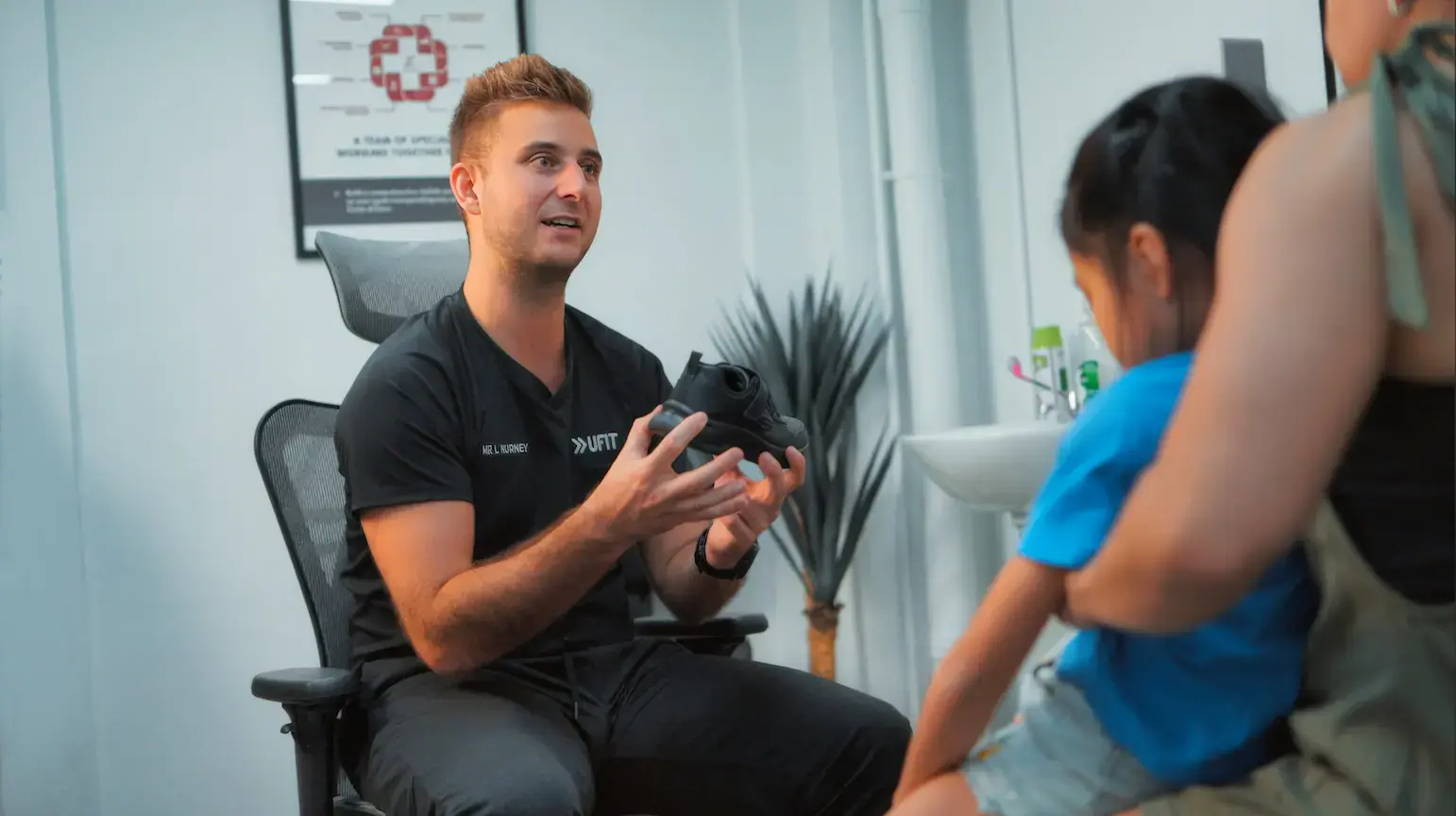
Step 6: Family Education

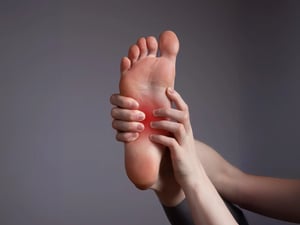
Causes of Pediatric Flat Foot (Pes Planus)
Several factors contribute to the development of pediatric flat feet:
If a child’s parents or grandparents have flat feet, they may inherit a foot structure predisposing them to it. This can influence arch development.
Insufficient strength in the muscles and ligaments supporting the arch can lead to it collapsing. This directly affects arch support.
Overly flexible joints allow the foot to flatten more easily under weight-bearing. This reduces crucial arch support and stability.
Increased body weight places greater stress on a child's developing feet and arches. This additional strain can contribute to pediatric flat foot development.
Abnormal bone formation or alignment in the foot from birth can prevent proper arch development. This structural issue may result in flat feet in children.
A significant injury to the foot or ankle, such as a fracture or sprain, can permanently alter its structure. This disruption can hinder normal arch development.
Our Approach to Flat Foot Therapy
At UFIT Podiatry, we offer a comprehensive approach to treating pediatric flat feet, focusing on personalized care and advanced treatment options:
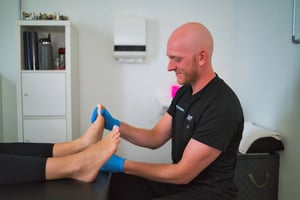
We conduct a detailed evaluation to assess the severity of the flat feet and identify any contributing factors.
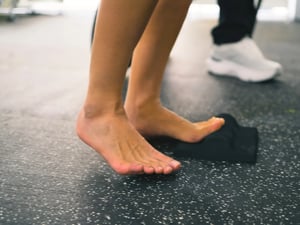
Based on the assessment, we develop a tailored management plan that may include custom 3D printed insoles and SMO (Supramalleolar Orthotics) to provide optimal support and alignment for the feet.

Our experienced podiatrists specialise in recommending and fitting orthotic devices, ensuring proper alignment and comfort for children with flat feet.

For severe cases, supramalleolar orthotics provide the maximum external support and allow full functionality.
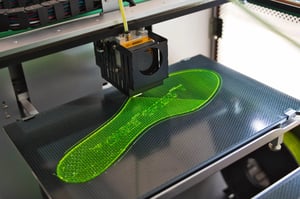
Custom orthotic devices are designed and fitted to provide optimal support, correct foot mechanics, and reduce strain on the arches. These orthotics are created based on precise measurements and tailored to the patient’s specific needs.

We provide education and guidance to parents and caregivers on proper foot care, footwear choices, and preventive measures to support healthy foot development in children.
By addressing pediatric flat feet early and effectively, UFIT Podiatry helps children achieve optimal foot health and function, allowing them to participate fully in daily activities without pain or discomfort.
Our Approach to Flat Foot Therapy
At UFIT Podiatry, we offer a comprehensive approach to treating pediatric flat feet, focusing on personalized care and advanced treatment options:

We conduct a detailed evaluation to assess the severity of the flat feet and identify any contributing factors.

Based on the assessment, we develop a tailored management plan that may include custom 3D printed insoles and SMO (Supramalleolar Orthotics) to provide optimal support and alignment for the feet.

Our experienced podiatrists specialise in recommending and fitting orthotic devices, ensuring proper alignment and comfort for children with flat feet.

Custom orthotic devices are designed and fitted to provide optimal support, correct foot mechanics, and reduce strain on the arches. These orthotics are created based on precise measurements and tailored to the patient’s specific needs.

For severe cases, supramalleolar orthotics provide the maximum external support and allow full functionality.

We provide education and guidance to parents and caregivers on proper foot care, footwear choices, and preventive measures to support healthy foot development in children.
By addressing pediatric flat feet early and effectively, UFIT Podiatry helps children achieve optimal foot health and function, allowing them to participate fully in daily activities without pain or discomfort.
ALL INDIVIDUALS
ALL INDIVIDUALS
We offer personalized, evidence-based lower limb care for athletes, active individuals, and parents seeking specialized treatment for their children.
We go beyond addressing your injury or pain. Through our Circle of Care, you can access our team of experts with a vast range of specialised experience and knowledge.
What to expect on your first visit
We use cutting-edge diagnostic tools to get real-time insights into your soft tissue, joints and structures to provide a fast and accurate diagnosis.
Post-assessment, you will receive clear and comprehensive reports detailing our findings. This will allow you to make informed decisions on your treatment plan.
Together with you, we formulate a comprehensive and personalised treatment plan that suit your goals and preferences.
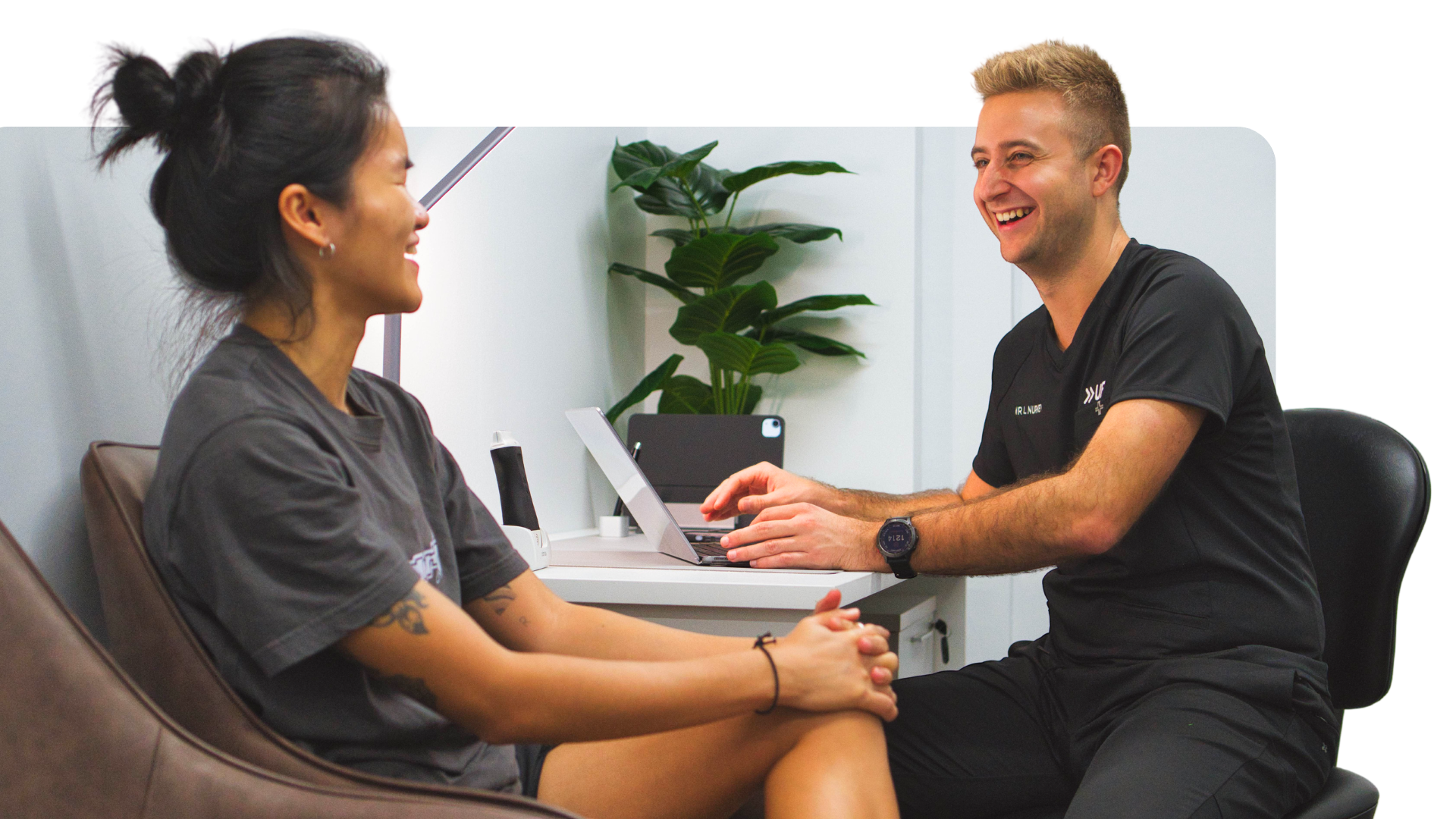
Book online & save $20 off your first consultation
- Personalised, evidence-based care
- Premium, central clinic in the CBD
- Experienced podiatary team
*Terms & Conditions:
- Valid for first time patients who have made prepayment at least 24 hours before the appointment
- Non-cancellable and non-transferable
- Applicable only for initial consultation & can't be used in conjuction with any other offers or promos
Why Choose UFIT’s Podiatry Services?
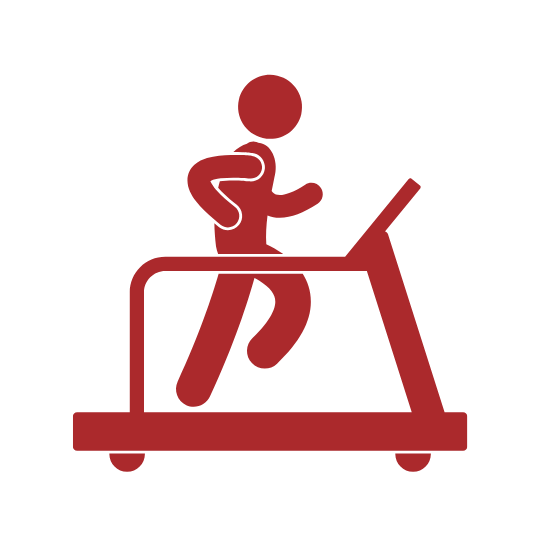
Advanced Technology
As a leading podiatry clinic in Singapore, we stand out by offering advanced gait analysis and in-house 3D-printed insoles, all accompanied by a comprehensive report to provide unparalleled insights into your lower limb biomechanics.
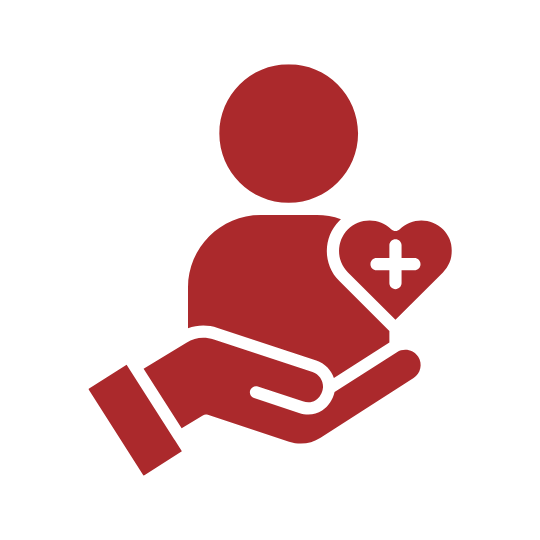
Elite Care for Every Individual
Our podiatry services offer personalised, evidence-based care for a wide range of individuals, including athletes, adults and children. So if you’re experiencing lower limb pain, our expert team can provide comprehensive support to get you back to doing the things you love.

Team of Experts with Optimal Results
We offer more than just solutions for your injury or pain. Through UFIT's integrated Circle of Care, you gain access to our team of expert podiatrists and other healthcare professionals, bringing together a vast range of experience and knowledge to achieve optimal outcomes for your foot and lower limb health.
Hear from our Clients
⭐⭐⭐⭐⭐
“I recently had an appointment with podiatrist Lewis Nurney at UFIT, and it was a wonderful experience. I’ve been dealing with a long-standing issue, but with Lewis’s expertise, kindness, and patience in listening to my concerns, I’ve finally been able to solve the problem and feel so much better.
The clinic is modern with high-tech equipment, and Lewis explained everything clearly, making me feel confident in the treatment plan. Now I’m feeling ready and prepared for the 10K Standard Chartered Marathon! If you’re looking for expert podiatry care, I highly recommend Lewis and the team at UFIT!”
⭐⭐⭐⭐⭐
“Came back to UFIT today after a year since my last consultation with Lewis Nurney. I was very relieved to know that my Achilles issues can be fixed with Lewis’s great advice. He would show me how to perform rehab exercises that will be able to help me throughout my recovery. I highly recommend UFIT podiatry to anyone in need of advice or help.”
⭐⭐⭐⭐⭐
“I had the pleasure of visiting Dr. Lewis through a recommendation and it turned out to be an excellent one, particularly after experiencing so many already. The thoroughness of his examination and help at each step of the process is beyond impressive. He took the time to listen to all my concerns and thoroughly explained my diagnosis and treatment options.
He made sure that I was well-informed and comfortable with the decisions being made without any pushing. I would highly recommend him for anyone in need of a skilled and caring podiatrist.”
Meet Our Podiatry Team

Lewis Nurney
Lewis is a highly experienced podiatrist with over 5 years of practice in Singapore, bringing his expertise to UFIT's comprehensive Circle of Care. As Head of Podiatry at UFIT Club Street, he specialises in sports podiatry, innovative orthotics for adults and children (including 3D-printed custom insoles, Paediatric AFOs and SMOs for pediatric flat feet), and minimally invasive procedures.
A first-class honours graduate from the University of Huddersfield (UK), Lewis holds dual certifications in Extracorporeal Shockwave Therapy (ESWT), Diagnostic Ultrasound and Running Gait analysis. Previously with East Coast Podiatry, he now provides patient-centred care at UFIT, specialising in non-surgical management of conditions like Foot Pain, Plantar Fasciitis and Achilles Tendinopathy in both children and adults, ultimately focused on alleviating discomfort and restoring optimal foot function.

Elliot Yeldham
Elliott is a dedicated podiatrist with over 7 years of healthcare experience, gained in both the UK's National Health Service (NHS) and private practice. He holds an Honours degree in Podiatry from Cardiff Metropolitan University (Wales), and brings a wealth of expertise to Singapore.
Specialising in Musculoskeletal (MSK) podiatry, Elliott's interests include sport podiatry and the management of gait abnormalities in both adults and children. He is also recognised for his skill and patient-focused approach in minimally invasive procedures for ingrown toenails and wart removal. Committed to a patient-centred and multidisciplinary model, Elliott actively stays informed of the latest healthcare advancements through clinical research and international conferences.
Book Your Pes Planus Treatment Now
Visit Our Podiatry Clinic
21 Club St, #01-01
Singapore 069410
+65 6225 5059
podiatry@ufit.com.sg
View on Google Maps



Frequently Asked Questions About Pediatric Flat Foot
Untreated flat foot in children can lead to persistent flat foot problems, such as pain and altered gait. It can also potentially affect the knees, hips, and back over time. People with flat feet may also face increased risk of developing conditions like bunions or hammertoes later in life.
Pediatric flat foot is typically identified through a comprehensive physical examination, gait analysis, and assessment of your child's foot structure while standing and walking. A podiatrist will evaluate arch flexibility and overall lower limb alignment.
Many infants and toddlers have flexible flat feet that resolve naturally as they grow. However, if the arches do not develop by around age six, or if symptoms appear, intervention may be beneficial.
Many infants and toddlers have flexible flat feet that resolve naturally as they grow. However, if the arches do not develop by around age six, or if symptoms appear, intervention may be beneficial.
In most cases, pediatric flat foot can be effectively managed without surgery. Non-surgical pes planus treatment options often include custom foot orthotics, footwear adjustments, and specific exercises designed to improve foot mechanics.
Physical therapy focuses on strengthening the intrinsic foot muscles and improving ankle stability. It often involves targeted exercises to enhance arch development and promote a healthier gait.
Yes, simple exercises like picking up marbles with their toes, calf raises, and walking on tiptoes can help. Where possible and safe, encourage walking barefoot on varied surfaces to contribute to strengthening your child's developing feet.
While special shoes aren't always necessary, supportive footwear with good arch support and a firm heel counter is beneficial. A podiatrist can advise on the appropriate footwear for your child’s developmental stage.
Podiatry Blog
Check out the podiatry articles on our blog, written by our very own experts!

.png?width=301&height=187&name=Website%20Navigation%20Images%20(3).png)

-1.jpg?width=1984&height=1196&name=UFIT%20Club%20Street%20Front%20(4)-1.jpg)


